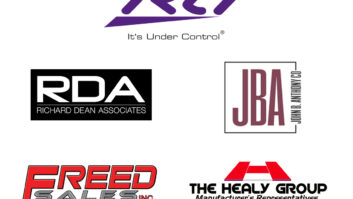Washington — Two separate retail analyses released this week suggest that the choppy macroeconomic environment will take some wind out of holiday sales.
According to the National Retail Federation (NRF), here, retail sales during November and December will rise 4 percent this year to $474.5 billion, representing the slowest holiday sales growth since 2002, when revenue rose 1.3 percent.
Over the past 10 years, sales during this period grew an average of 4.8 percent, NRF said.
“Retailers are in for a somewhat challenging holiday season as consumers are faced with numerous economic obstacles,” said NRF chief economist Rosalind Wells. “With the weak housing market and current credit crunch, consumers will be forced to be more prudent with their holiday spending.”
Retailers most affected by the economy will be those catering to low- to middle-income consumers, Wells predicted, which could be problematic for discounters and some department stores whose shoppers may be looking to trade down.
Circuit City CEO Phil Schoonover cited the NRF forecast during a conference call yesterday, noting that it mirrors his company’s own assessment of the holiday period.
A separate study by Columbus, Ohio-based consultancy TNS Retail Forward was even more sobering. The market research firm agreed that holiday sales will grow at their weakest pace in five years, but predicted that gains will slow to 3.3 percent from 4.6 percent in 2006.
“The credit crunch will lead to a consumer crunch by the holidays. This will extend the weakness in retail sales beyond home improvement stores to other retail channels,” cautioned the firm’s senior economist Frank Badillo.
“This top-line forecast may still underestimate the extent of the weakness,” he continued. “Our forecast numbers are even weaker when home improvement and catalog retailer sales and online sales are excluded. And the risks are biased in favor of still weaker growth, particularly if the housing market deteriorates further.”
One positive, Badillo said, is that spending by up-market households has been less affected by growing economic worries than spending by down-market households. “It’s likely that the ongoing economic fallout will increasingly affect up-market households and retailers, but up-market spending should remain relatively more buoyant.”
Broken out by channel of distribution, Retail Forward projects:
· Consumer electronics and appliance stores will be hurt as a result of the comparison to last year’s double-digit growth fed by a promotional frenzy for HDTVs. This year the price cutting will be even steeper across all consumer electronics, but the response in demand will be less exuberant;
· Mass retailers will remain the most resistant to the economic slowdown. Supercenters and warehouse clubs will continue to be among the best retail performers while discount department stores will be the laggards of the sector;
· The most significant ongoing slide will be among soft goods or apparel retailers, although home improvement faces the most significant risk of weaker-than-expected performance.
Online sales will remain the best performing channel among all of retailing, Retail Forward said, with e-commerce sales expected to approach $42 billion in the fourth quarter compared with $35 billion last holiday season, an increase of 18.5 percent. Online sales as a share of total retail sales will also reach a new holiday high of 3.5 percent compared with 3.1 percent a year ago, the firm predicted.













